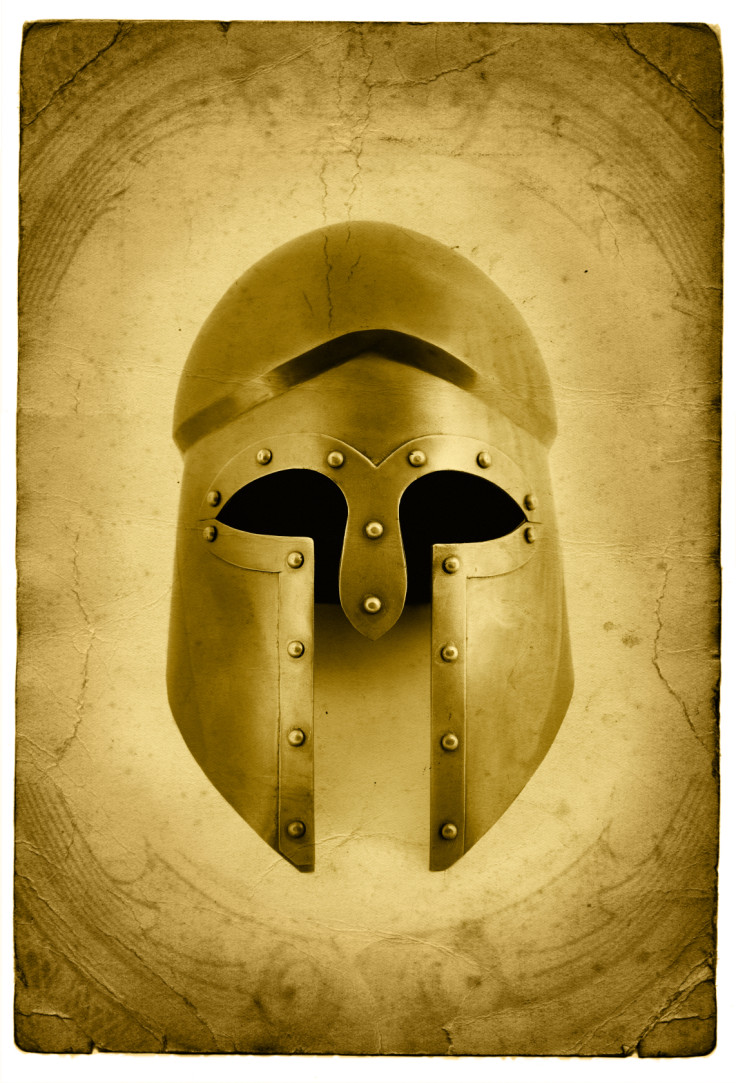Most European men are descendent from three Bronze Age forefathers

The majority of European men are descendant from just three Bronze Age paternal lineages, scientists have discovered.
By looking at DNA sequences of the Y chromosomes of 334 men across 17 populations in Europe and the Middle East, researchers at the University of Leicester have found there was a male-specific population explosion between 2,000 and 4,000 years ago.
Published in the journal Nature Communications, findings showed 64% of modern European men come from three forefathers.
The scientists note that the proportion of Europeans descending from Neolithic farmers or Palaeolithic hunter-gatherers has been widely debated, with the Y chromosome often used to attempt to solve the long-held mystery.
The team used new methods to analyse DNA variation, providing a less biased picture of diversity as well as a better estimate on the timing of population events.
As a result, the researchers were able to construct a family tree of European Y chromosomes that could be used to calculate branches. Some of the youngest branches accounted for 64% of the men in the study.
These three branches also indicated recent expansions during the Bronze Age, suggesting a widespread male-specific expansion during this period.
Study author Mark Jobling said: "The population expansion falls within the Bronze Age, which involved changes in burial practices, the spread of horse-riding and developments in weaponry. Dominant males linked with these cultures could be responsible for the Y chromosome patterns we see today."
Researchers concluded that the Early Bronze Age is characterised by "rapid and widespread change", with an emphasis on individuals or kin groups and the emergence of elites. As a result, male driven social selection correlating with these changes could have led to rapid increases in cases of genes crossing from one group into that of another.
Chiara Batini, lead author of the study, added: "Given the cultural complexity of the Bronze Age, it's difficult to link a particular event to the population growth that we infer. But Y chromosome DNA sequences from skeletal remains are becoming available, and this will help us to understand what happened, and when."
© Copyright IBTimes 2025. All rights reserved.






















